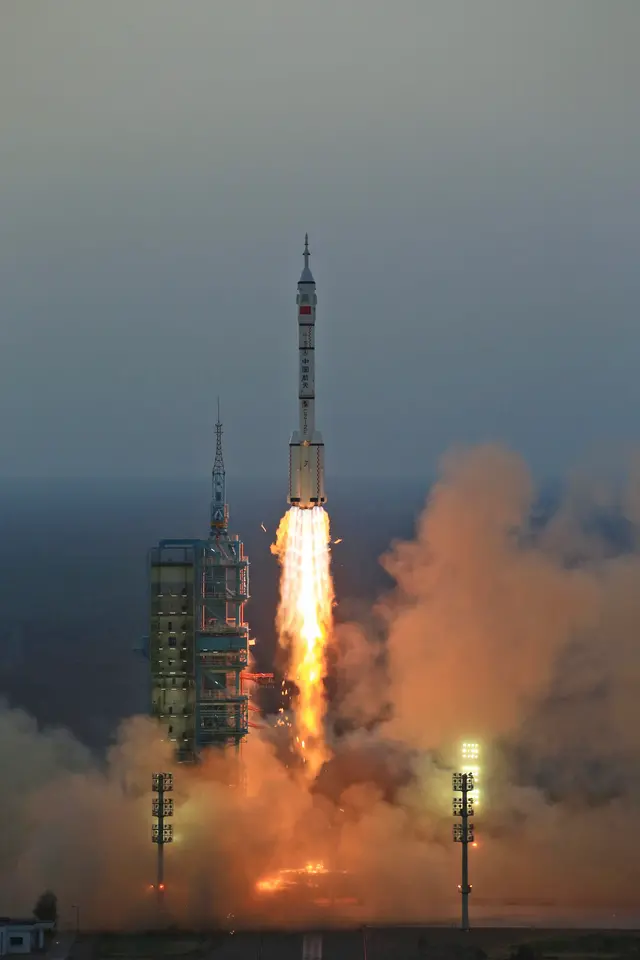The latest estimation that there might be 10 times more galaxies in the universe than previously thought requires more powerful telescopes to observe the "missing" galaxies and China can be a strong player in this field, astronomers said.
"Evidence for 10 times more galaxies, invisible to current telescopes, strongly motivates the development and construction of next-generation telescopes, such as space telescopes and giant ground-based facilities, as well as the invention of new observational strategies," Zheng Cai, Hubble Fellow at the University of California, told Xinhua on Sunday.
Chinese President Xi Jinping recently wrote to emphasize that astronomy is crucial to propelling scientific progress and innovation. And in the field of future telescopes, China is becoming "a strong player," added Cai.
"Missing" GalaxiesGALAXIES
Galaxies are millions or billions of stars that gather in halos of dark matter. Since light takes time to travel, as astronomers gaze into the universe, they also look back in time. By observing galaxies billions of light years away, astronomers get glimpses of the early universe, billions of years ago, and look for answers to big questions like how the universe was born.
The universe was born around 13.7 billion years ago, and galaxies started forming when the universe was about several hundred million years old. The early galaxies were much smaller than current ones, they would later collide with each other, forming bigger ones.
As light travels from distant galaxies to the earth, it not only becomes much fainter, but also has increased wavelength due to the cosmological redshift effect. It is very difficult to observe the most distant galaxies, especially those among the first born.
Since the 1990s, astronomers used the so-called "Hubble Deep Field," a small patch of sky that NASA (The U.S. National Aeronautics and Space Administration)'s Hubble Space Telescope observed with long exposure time, to study early galaxies. By direct counting, astronomers estimated about 200 billion galaxies in the universe.
However, this turned out to be a big underestimate, according to a research recently conducted by a team of astronomers led by Christopher Conselice of Britain's University of Nottingham.
The scientists re-analyzed observational data with more elaborate mathematical models. After studying mass distributions of galaxies at different distances, they inferred the existence of a large number of small galaxies at large distances that are too faint to be observed by current telescopes.
These "missing" galaxies must have existed to collide and form the bigger galaxies that astronomers did observe. They may increase the total number of galaxies in the universe by 10 times.
(APD)
 简体中文
简体中文

